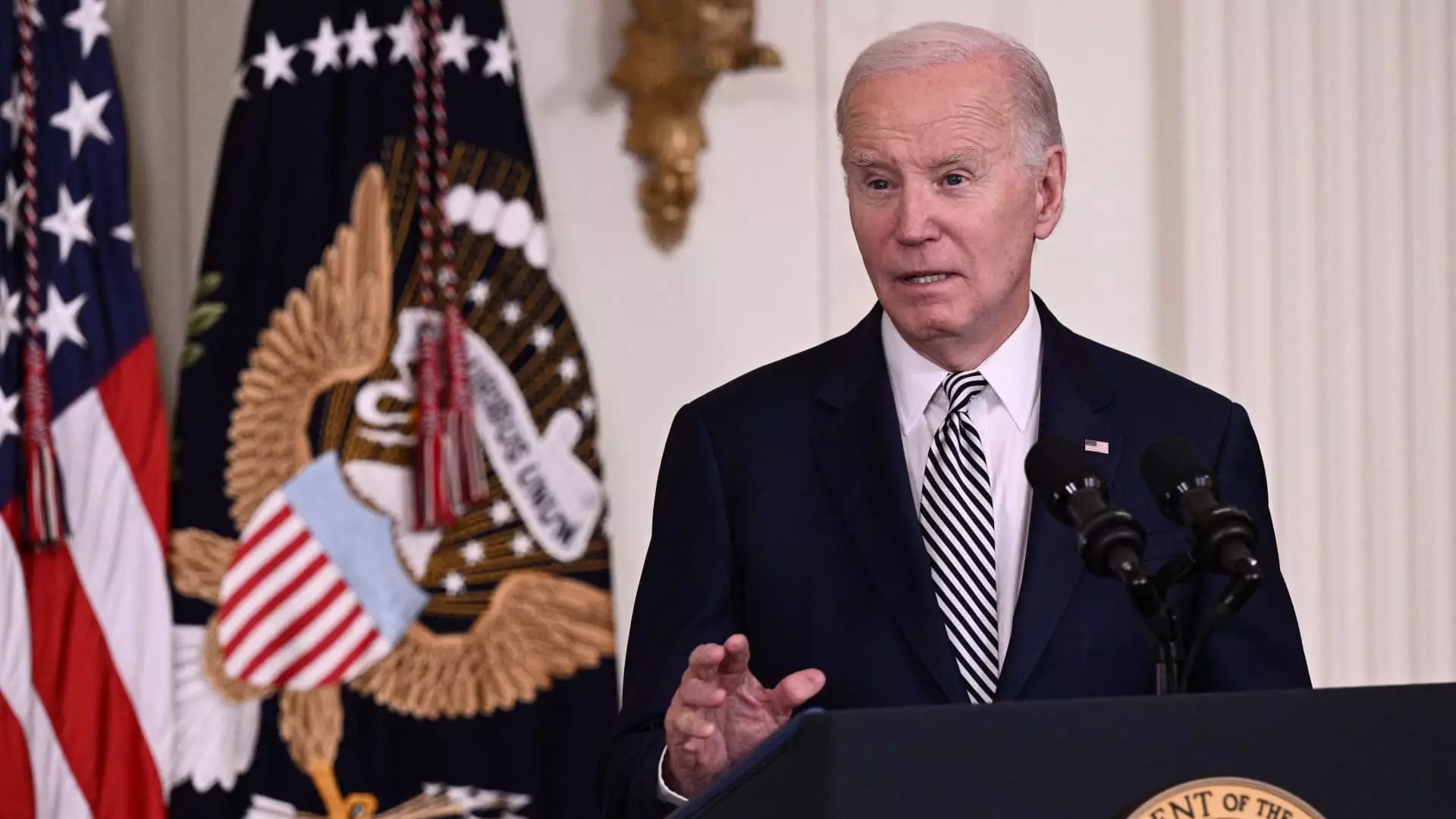The recent announcement by the U.S. government regarding stricter regulations on the export of artificial intelligence (AI) chips and technologies has sent ripples across the global tech landscape. The new rules aim to fortify the United States’ position as a leader in AI while attempting to limit access to advanced computing capabilities for nations identified as strategic competitors, particularly China. As companies and governments react to these shifts, it is crucial to dissect the implications of these regulations and evaluate the balance between technological advancement and geopolitical strategy.
The U.S. administration has strategically mapped out a new regulatory framework, aiming to bifurcate global access to AI technologies. The decision restricts exports to nations deemed threats to American security, notably China, Russia, Iran, and North Korea, while granting broader access to U.S. allies such as Japan, Britain, and South Korea. This division is reminiscent of Cold War-era approaches, presenting AI as a new frontier for geopolitical competition. By enacting such measures, the U.S. is not merely protecting its technological assets but is also navigating a landscape fraught with the potential for economic and military escalation.
The new regulations specify that a limited number of AI chips can be exported to a multitude of countries, reflecting a calculated risk to maintain a technological lead. For instance, tech behemoths like Nvidia and Advanced Micro Devices (AMD) are now operating under new constraints that could influence their market strategies and product dissemination. This regulatory landscape could foster innovation among U.S. firms, as they seek to navigate the complexities of compliance while capturing market needs in a rapidly evolving environment.
The reactions from industry stakeholders have been predominantly skeptical. Nvidia’s characterization of the new rule as “sweeping overreach” suggests a belief that such restrictions could hinder technological growth rather than accelerate it. Their challenge lies in balancing compliance with innovation strategies. Companies engaged in AI chip manufacturing have expressed trepidation that the regulations could hand significant market share to Chinese competitors, inadvertently fostering the very scenario the U.S. administration seeks to avoid.
Equally concerned are cloud service providers like Oracle, which argue that the limitations could stifle growth and rearrange the competitive landscape in a manner that benefits emerging market players at the expense of established U.S. brands. The potential challenges posed by these regulations raise questions about the sustainability of innovation if access to global markets is restricted to formal, tiered classifications formed around political alliances.
The regulations also bring forth a layered system for managing AI model weights—crucial components that govern decision-making processes in machine learning. The delineation of a tiered structure for countries represents an effort by the U.S. to standardize how advanced AI is accessed and deployed globally. However, implementing such a framework is rife with challenges, especially in enforcing compliance among multinational corporations operating in diverse regulatory environments.
Licensing requirements associated with the export of high-performance GPUs and other AI technologies aim to restrict certain countries from accessing advanced capabilities, which could support military advancements or bolster surveillance capabilities. This bifurcation is underpinned by an acknowledgment that while AI offers incredible societal benefits—ranging from healthcare innovations to enhancing education—its potential for misuse also poses a significant threat. Therefore, a cohesive strategy that ties together regulatory control with ethical considerations becomes imperative.
As AI technology continues to evolve, its integration into everyday life—from healthcare improvements to defense mechanisms—will demand careful consideration of security implications. U.S. National Security Adviser Jake Sullivan’s comments stress the importance of preparing for transformative changes that AI brings to national security and economic landscapes. The balance to strike lies between innovation and vigilance, ensuring that U.S. leadership in AI does not come at the cost of global collaboration or technological stagnation.
The U.S. government’s new export regulations reflect a complex interplay between maintaining dominance in AI technology and addressing valid security concerns. The potential benefits of AI are counterbalanced by risks that necessitate careful governance. As nations navigate this new terrain, it will be essential to foster dialogue and collaboration that promotes technological development while safeguarding against the realities of geopolitical conflict. The future of AI is not just defined by innovation; it also compels us to consider our collective responsibility in shaping a secure, equitable, and progressive technological landscape.


Leave a Reply